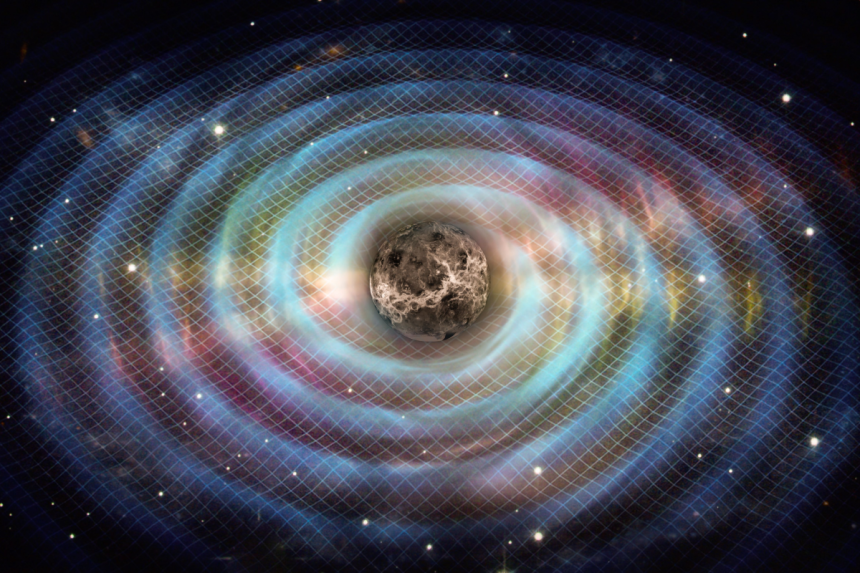The Hubble Tension and Dark Energy
For more than a century, scientists have known that the Universe is expanding. This expansion, described by the Hubble-Lemaître Constant, has revealed puzzling contradictions. Observations from the Hubble Space Telescope and later the James Webb Space Telescope (JWST) showed differing expansion rates between the early and present Universe. This unresolved issue, known as the “Hubble Tension,” led to theories of Dark Energy (DE) as a possible explanation.
New insights from surveys
Recent research from the University of Chicago, based on data from the Dark Energy Survey (DES) and the Dark Energy Spectroscopic Instrument (DESI), suggests that DE may not be constant. Instead, it could be a dynamic force that weakens over time. The study, led by Anowar J. Shajib and Joshua A. Frieman, compared physics-based models of evolving DE with major datasets, finding these models better aligned with current observations than the standard cosmological constant model.
Evidence of evolving Dark Energy
The researchers found that the density of DE has decreased by about 10% over the last several billion years. While small compared to other forms of matter and energy, this change is significant. Their models propose that ultra-light axions, hypothetical particles first suggested in the 1970s, could serve as candidates for evolving DE. In this framework, DE remained constant for billions of years before gradually weakening.
Cosmic fate scenarios
If DE is weakening, the Universe’s future may avoid extreme outcomes such as the Big Rip or Big Crunch. Instead, models suggest that cosmic expansion will continue at a slower pace, leading to a “Big Freeze.” In this scenario, the Universe will keep expanding for billions of years, becoming increasingly cold and dark.
Future research directions
Upcoming surveys, including the Vera Rubin Observatory’s Legacy Survey of Space and Time (LSST), are expected to provide decisive data on whether DE is constant or evolving. The findings will be crucial in determining the validity of the Standard LCDM model or dynamic DE theories. As Frieman noted, while scientists know DE makes up about 70% of the Universe, its true nature remains one of the greatest mysteries in physics.






